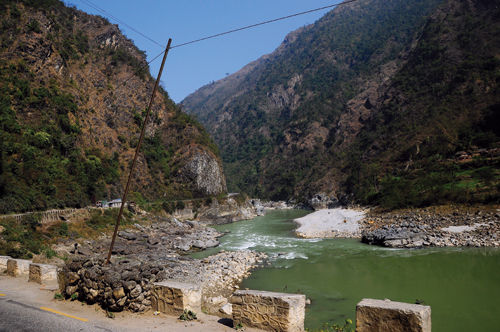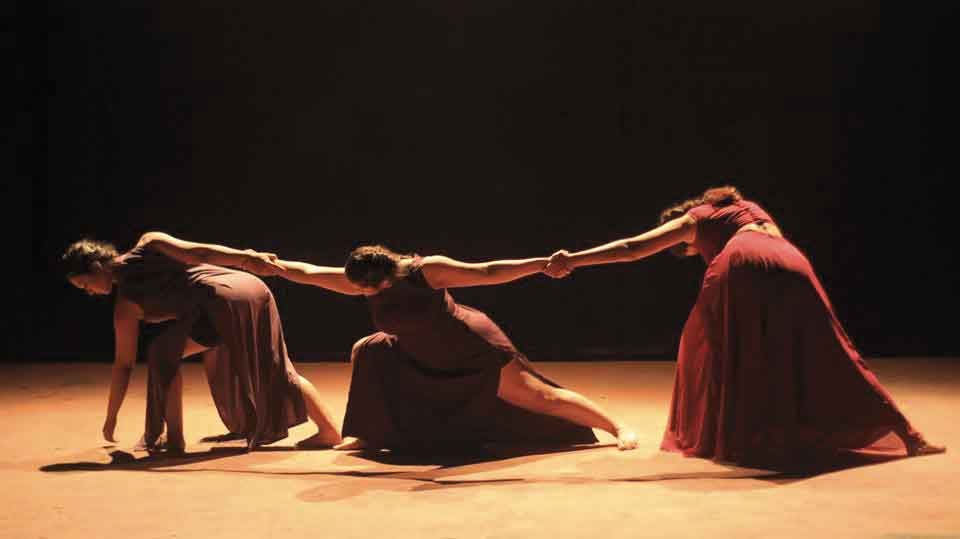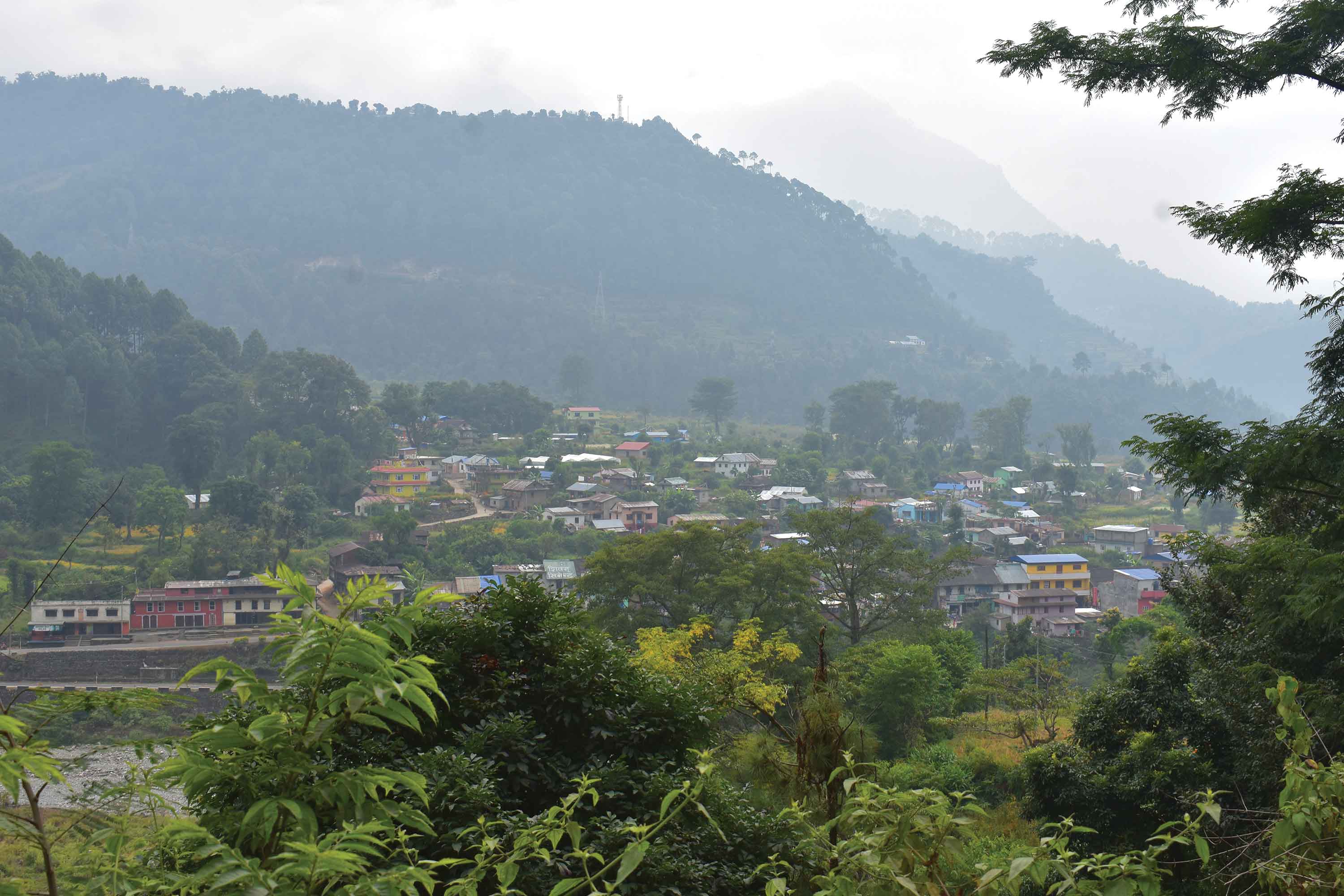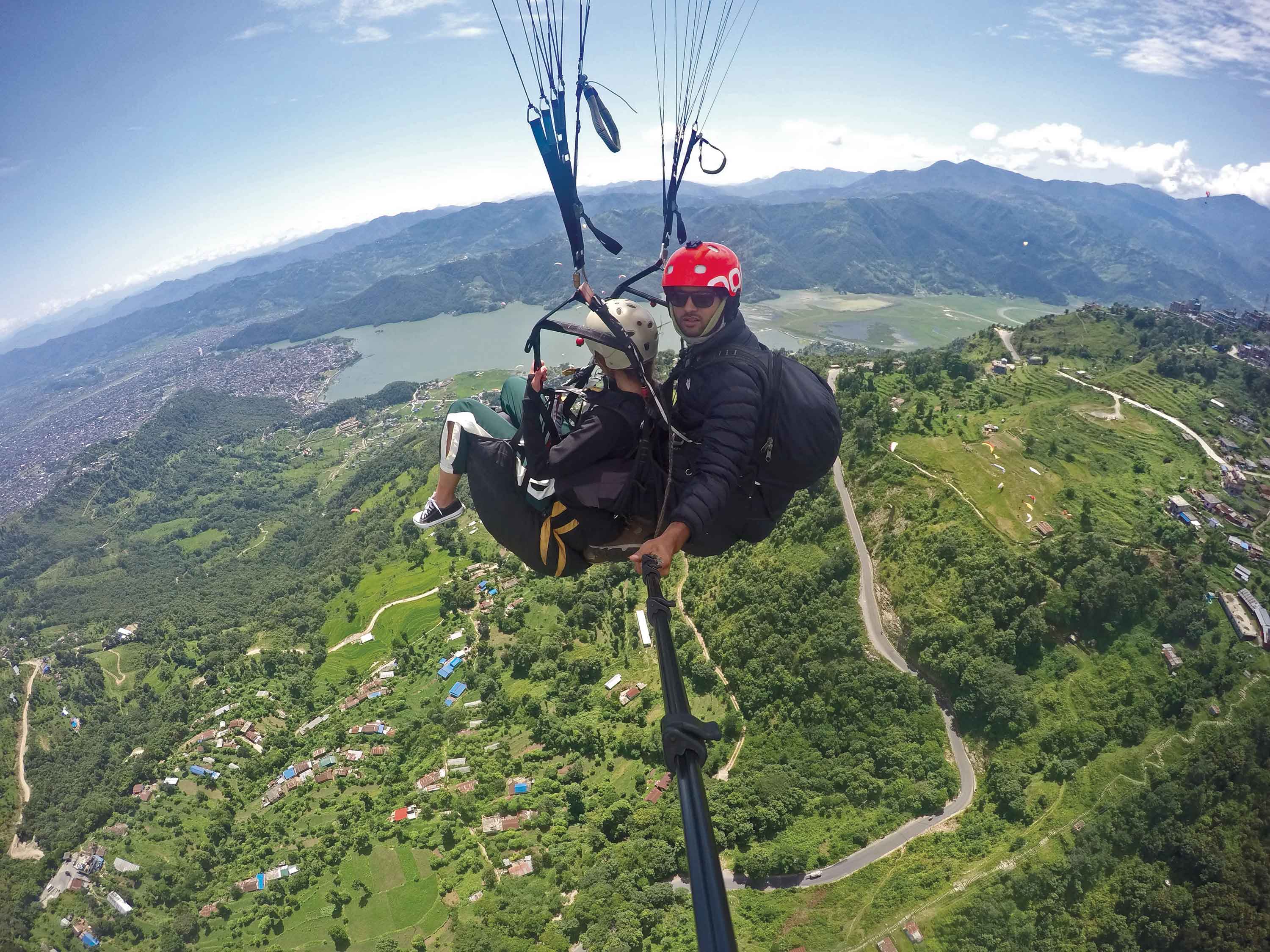The Prithvi Highway connects Kathmandu with Pokhara, a city popular for the Phewa Lake and the amazing view of the great Annapurna Himalaya range. While Pokhara is a beautiful and fascinating destination by itself, the road that gets us there is also as much fun and carries a history of its own. It is 206 km long and passes through Nagdhunga, Naubise, Galchi, Gajuri , Malekhu, Kurintar, Mugling, Anbukhairani, Dumre and Damauli. The construction of the highway began in 1967 and was completed with support from the Chinese government in 1974. The highway also connects five of Nepal’s seventy five districts - Kathmandu, Dhading, Chitwan, Tanahu and Kaski. The drive till Mugling is a bit crowded and after that it is a real pleasant experience.

25 km north of the highway junction at Anbukhairani is the historical town of Gorkha. We can see and visit the Gorkha Palace and the famous Gorakhnath temple here. It was from Gorkha that the Shah dynasty began its war of annexation that brought them to power in Kathmandu in 1769. The first king of the dynasty was King Prithvi Narayan Shah; and the highway to Pokhara is named after him. No one knows what he really looked like but there is a statue of the Shah ruler in front of the western gate of Singh Durbar cast by artist Amar Chitrakar.
Prithvi Narayan was born to Nar Bhupal Shah and Kaushalyabati on January 7, 1723. He was married by the age of 14 and ascended the throne of Gorkha at the age of 20. He launched his war of annexation by attaching Nuwakot and after many years, on March 21, 1770, he and his dynasty moved into Hanumandhoka Palace making Kathmandu the capital of Nepal. He and his siblings continued to annex more principalities to the east and west till his death on January 10, 1775.
At Naubise, the highway connects to the old road to Hetauda built in the 1950s and at Mugling , we can connect to the road that will take us to Narayanghat and the Chitwan National Park. There is a new highway coming up that will connect Gajuri, on the Prithvi Highway, to Rasuwagadi on the Tibet-China border. 1974 is not ancient history but the Prithvi Highway is slowly but surely becoming a real economic backbone. From Pokhara the road goes on the Baglung and on to Mustang.
The highway is also popular because many Nepalis dedicate their Saturday to take a cable car trip up to the temple of Manakamana. Others like to take a few days off to go to Bandipur, above Dumre. The town of Bandipur is today a bustling destination, whereas, after the eradication of malaria and subsequent migration of the population to Narayanghat, it had become a sort of “ghost town”.
Most people love the Prithvi Highway for all the wonderful eating places. It has come a long way since the days when you had to wait till you arrived in Mugling where one would be served a tasty meal of daal-bhat at one of the “Thakali” restaurants. Now there are so many “river side resorts” and rafting points. The highway follows the Trishuli River for a while and then the Marsyangdi River. One can also see the power house for the Marsyangdi Hydro Plant enroute. This highway is no longer simply a road that connects two points. It contains a lot and enables us to go much further.n











